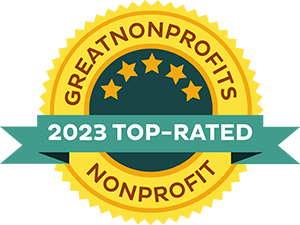By Kenyatta Muzzani Via Hartford Courant
In the past two years, Connecticut residents pushed for and won major reforms of the criminal legal system, including passing legislation on police accountability and the erasure of certain convictions through Clean Slate. And we achieved these victories during one of the largest civil rights uprisings against systemic racism in U.S. history, an extension of the Black Lives Matter movement.
Despite our progress, Connecticut lawmakers and other officials have recommended antiquated “juvenile justice” policies that will harm young people and adults across the state. To protect gains we’ve made and usher in a new era of community-driven change, we must fight for genuine reforms that propel Connecticut forward.
In October, Senate Republicans released “A Better Way to a Safer Connecticut,” a plan that would further criminalize our young people, expand the police state and roll back some of the hard-won reforms we urgently need. That is anything but a way to improve public safety, especially for young people who are poor, Black, or Latino — and for their communities. And early last month, the state Judicial Branch announced a proposal to reopen the Connecticut Juvenile Training School (CJTS), a prison for young people closed in 2018, after years of organizing and a public outcry against its blatant human rights violations. The $22 million project would refurbish CJTS for use as a locked “therapeutic” center for kids 17 and younger as they await trial, detaining them when they haven’t been convicted of a crime.
These two proposals would criminalize young people and their families in insidious new ways. Law enforcement in this country has always hyper-surveilled Black and Latino communities, from slave patrols created in the late 1700s to some contemporary school resource officers. Living in overpoliced communities has a damaging and long-lasting effect on young people and the adults they become.
From my experiences in a neighborhood that was heavily surveilled by the police, I know the impact that criminalizing communities of color has. I grew up in housing projects in New York City, in one of the most heavily policed areas in the country. As a young adult during the height of the NYPD’s “stop and frisk” policies, I was frequently and unnecessarily stopped by law enforcement for walking home from school at night, traveling alone in the early morning and even for carrying too many bags on the train. I also grew up near a juvenile detention center. Though I have never gone behind its walls, the orange and white concrete slabs of Brooklyn’s Crossroads Juvenile Detention Center still haunt me. These experiences remain with me to this day, and unfortunately, are far too common.
The constant push for more policing and incarceration reflects and exacerbates ugly forms of racism in Connecticut and throughout the country. Neither offers a legitimate way to improve public safety. Many studies show that to provide a better foundation for young people to survive, we need more investment in our communities, particularly in housing, health care, education, and jobs. But too many Republicans and Democrats have called for the same tired approaches that don’t make us safer, like the “juvenile justice” plan in Connecticut.
The most effective way to reduce crime and enhance safety is to invest in communities and not in the systems that perpetuate violence. For too long, people of color in Connecticut — especially in Black and Latino communities — have been ravaged by systemic racism, mass criminalization, and mass incarceration. The state spends millions every year to arrest and lock up youth and adults while failing to meet the basic needs of its residents.
To tackle the systemic problems that harm people, lawmakers must decarcerate on the local and state level, close prisons, and dedicate more resources to communities. These priorities will truly bring us closer to making Connecticut safer for all of us.

